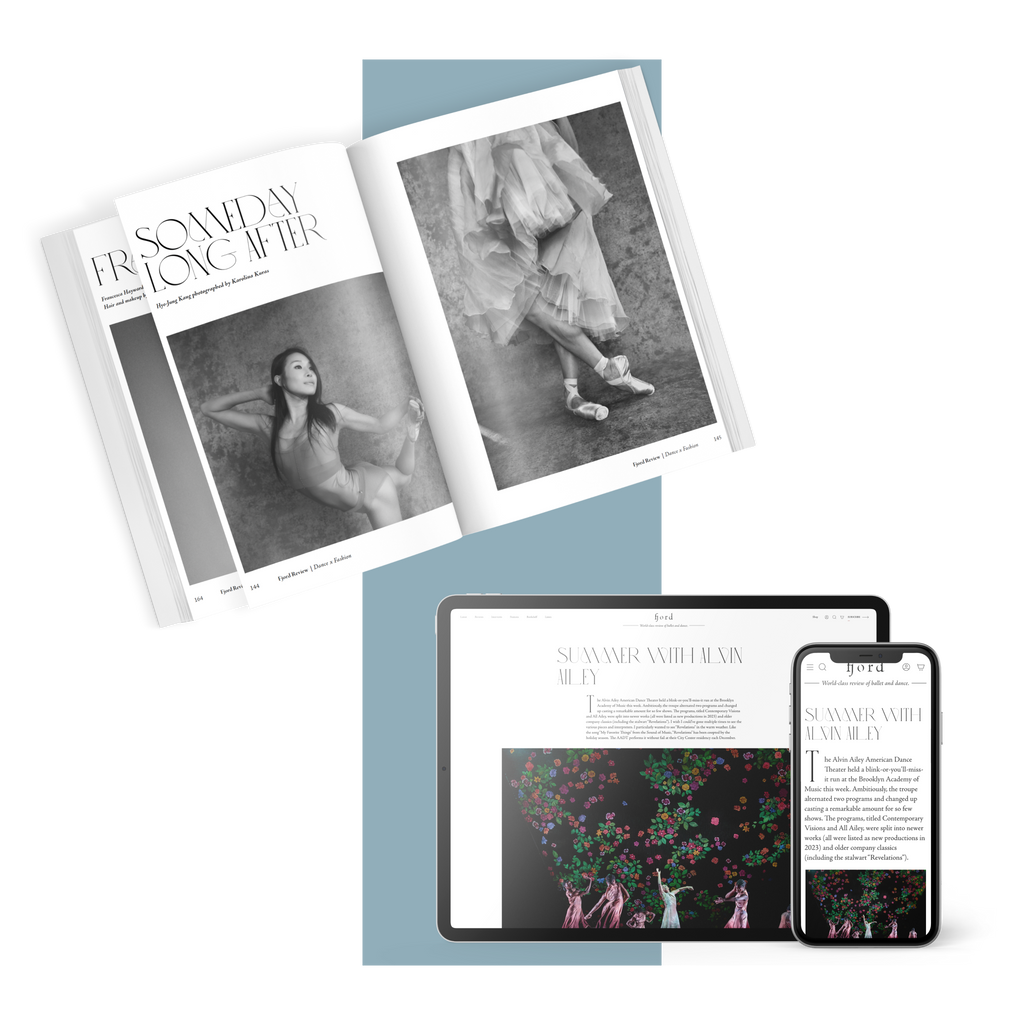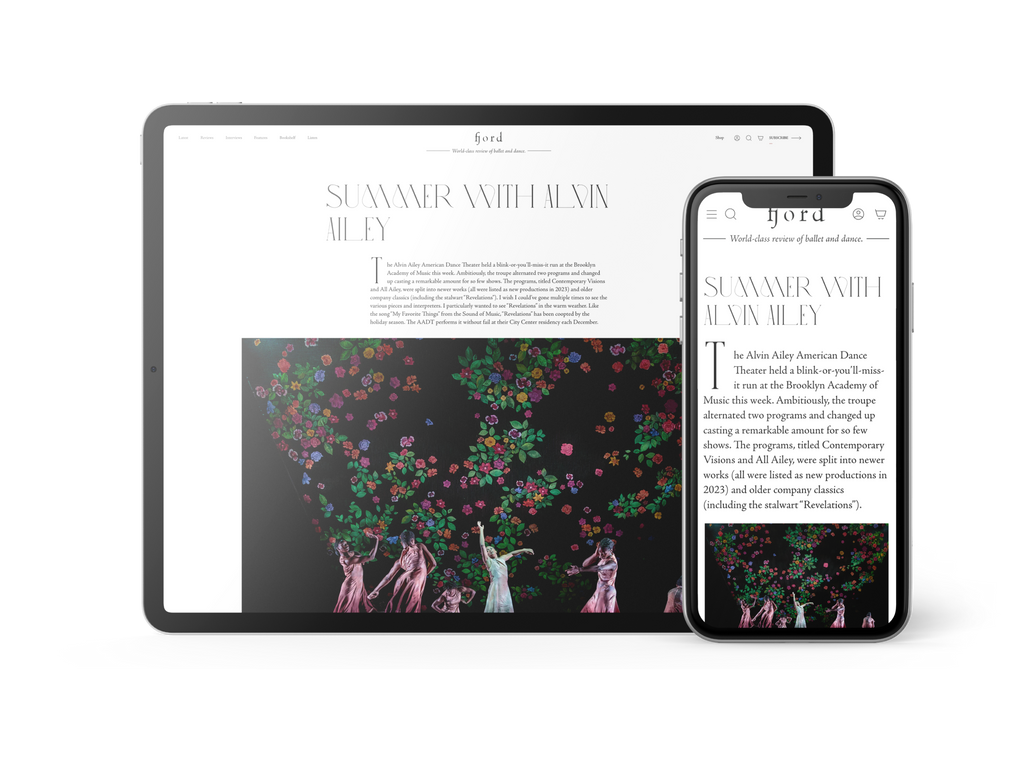Talent Time
It’s “Nutcracker” season at San Francisco Ballet—36 performances packed into three weeks—which means that the company is currently serving two distinct audiences.
Continue Reading
World-class review of ballet and dance.
Adapting to unforeseen circumstances has become a common occurrence for Queensland Ballet in recent years. Not only has the pandemic tested the company’s ability to adjust to change, but so too has extreme and catastrophic weather. “Giselle” was slated to return to the stage last year, for the first time in a decade. Yet, a few weeks out from opening night, a devastating announcement came—Queensland Ballet had to cancel their season due to the damages inflicted by recent floods, and the company’s ability to perform “Giselle” was swiftly washed down the storm drain. Thankfully, however, there was a silver lining. The decision was made to open their 2023 season with the production, and it was a strong yet intimate way to start the year.
Performance
Place
Words

Patricio Reve and Mia Heathcote in Giselle. Photograph by David Kelly


“Uncommonly intelligent, substantial coverage.”
Your weekly source for world-class dance reviews, interviews, articles, and more.
Already a paid subscriber? Login
It’s “Nutcracker” season at San Francisco Ballet—36 performances packed into three weeks—which means that the company is currently serving two distinct audiences.
Continue ReadingLast week I caught up with choreographer Pam Tanowitz and Opera Philadelphia’s current general director and president, countertenor Anthony Roth Costanzo to talk about “The Seasons,” the company’s latest production premiering at the Kimmel Center’s 600-plus seat Perelman Theater on December 19.
Continue ReadingIf Notre-Dame remains one of the enduring symbols of Paris, standing at the city’s heart in all its beauty, much of the credit belongs to Victor Hugo.
Continue ReadingWhen dancer and choreographer Marla Phelan was a kid, she wanted to be an astronaut. “I always loved science and astronomy,” Phelan said.
Continue Reading
comments